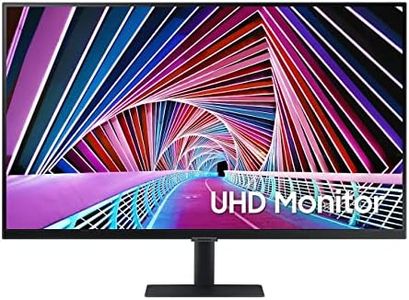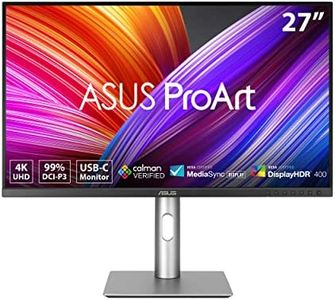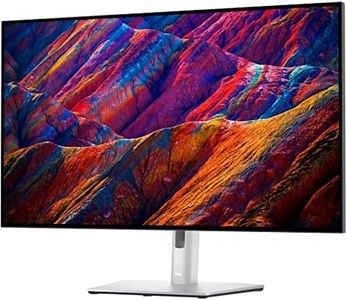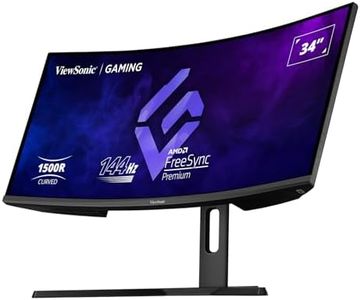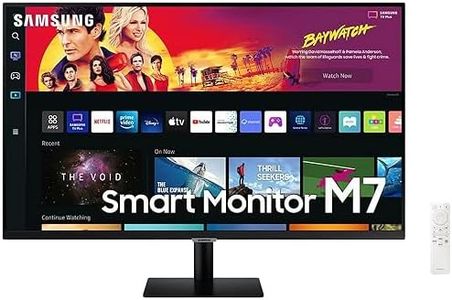We Use CookiesWe use cookies to enhance the security, performance,
functionality and for analytical and promotional activities. By continuing to browse this site you
are agreeing to our privacy policy
10 Best Monitor For Video Editing
From leading brands and best sellers available on the web.Buying Guide for the Best Monitor For Video Editing
Choosing a monitor for video editing is all about finding a screen that shows your work as accurately as possible, so what you see on your monitor closely matches what your audience will see. Since video editors need to spot fine differences in color and detail, there's more to consider than just how big or sharp the display is. You'll want to think about the monitor's color accuracy, how much of the color spectrum it can display, its resolution, how bright it can get, and how comfortably you can work with it for long sessions. Focusing on these key specs will help you narrow down what truly matters for your specific editing needs.Panel TypeThe panel type refers to the technology behind the monitor screen, with the most common types being IPS, VA, and TN. This spec is important because it affects how colors look and how wide an angle you can view your screen from without losing accuracy. IPS panels are the go-to choice for video editing as they offer wide viewing angles and the best color accuracy. TN panels change colors more when seen from the side, so they're less suited for editing, while VA panels can have deeper blacks but sometimes less accurate color. For most editors, an IPS panel is the best fit as it provides the most consistent and reliable visuals.
Color Gamut CoverageColor gamut coverage tells you what percentage of certain color spaces (like sRGB, AdobeRGB, or DCI-P3) a monitor can display, which is key to getting colors right in your videos. Editing for the web usually means looking for high sRGB coverage, while projects for film or broadcast may use DCI-P3. Monitors come with different levels of coverage; a basic monitor might only cover standard sRGB, while a more advanced model might go beyond 100% sRGB or reach into AdobeRGB and DCI-P3. The right choice depends on your typical projects—choose a monitor that matches the color space you deliver your work in, so you’ll see all the shades you need to fine-tune.
Color Accuracy (Delta E)Color accuracy, often labeled as Delta E (ΔE), measures how close the colors on the monitor are to the real-world colors you intend to display. A lower Delta E number means better accuracy, with anything under 2 being excellent for professional work, around 3 being good for most creators, and higher numbers indicating poorer accuracy. If color precision is critical for you, aim for Delta E below 2. For hobbyists or those editing for non-professional use, you can consider models with slightly higher values, bearing in mind that the final result may differ slightly from what’s on your screen.
ResolutionResolution is the number of pixels on the screen—higher resolution means more detail and space to see your timeline and tools. Common resolutions include Full HD (1920x1080), Quad HD (2560x1440), and 4K (3840x2160). Full HD works for basic editing or if you have a smaller screen, but for serious editing or handling 4K video, a higher resolution like 4K helps you see more detail and fit more on your screen at once. Think about the size of your projects and how much room you like to work with—select a resolution that gives you clear detail without making text and icons too tiny to read comfortably.
Screen Size and Aspect RatioScreen size impacts how comfortably you can work with video timelines, previews, and editing tools, while aspect ratio determines the general shape of the display. Larger screens (27 inches and above) give you more workspace and bigger previews, but take up more desk space. A standard aspect ratio (16:9) fits most video formats, while ultrawide monitors (21:9 or wider) let you see more of your timeline at once, though you’ll need the physical space for them. Choose a monitor size that fits your desk and editing style—if you like to have lots of windows open or work with long timelines, go larger or look into ultrawide options.
Refresh RateRefresh rate, measured in hertz (Hz), is how many times per second the display updates its image. Most video editing tasks don’t need high refresh rates; 60 Hz is sufficient for smooth playback, since your videos are usually edited at 24, 30, or 60 frames per second. Higher refresh rates can be nice if you also use your monitor for gaming, but for editing, focus on other specs.
BrightnessBrightness, shown in nits (cd/m²), impacts how well you can see your work in different lighting situations. For editing, a monitor that reaches at least 300 nits is generally enough for a well-lit room, while higher brightness (400 nits or more) is helpful if you deal with HDR content or work in very bright spaces. Pick a model with enough brightness to comfortably view your edits without washing out colors or causing eye strain.
ConnectivityConnectivity refers to the types and numbers of ports available on the monitor, like HDMI, DisplayPort, USB-C, and others. These determine how you’ll connect your computer and any accessories. For video editing, make sure the monitor has the ports that match your computer’s outputs, and if you want to use features like daisy-chaining or connecting multiple devices, look for additional ports like USB-C with power delivery or built-in USB hubs. Match the connectivity to your editing setup for hassle-free use.
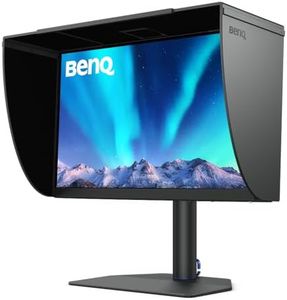
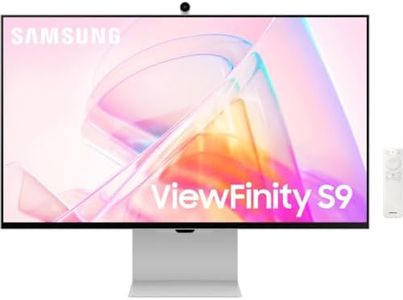
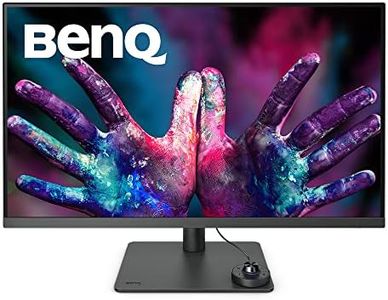

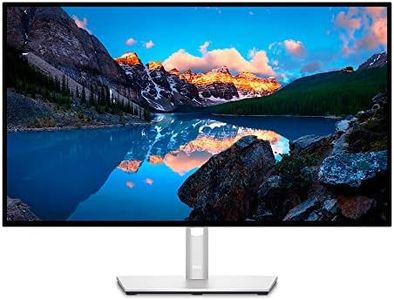
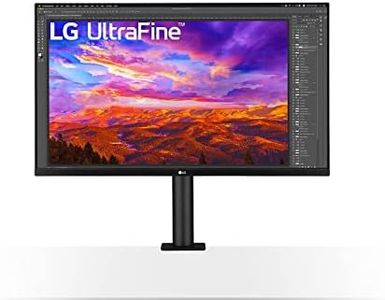
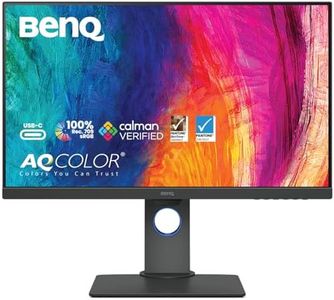

![ASUS PA278CV 27' ProArt Professional Monitor [AU Version], WQHD (2560x1440), IPS, 100% sRGB, E< 2, Calman Verified, USB Type-, 65W PD, Daisy-Chain, Black Panel/Silver Base](https://images-proxy.bestreviews.guide/S3q5jbQIjcYDrGImadrY2mdcfFk=/0x300/https://m.media-amazon.com/images/I/51Mdvuo03-L._AC_CX679_.jpg)
